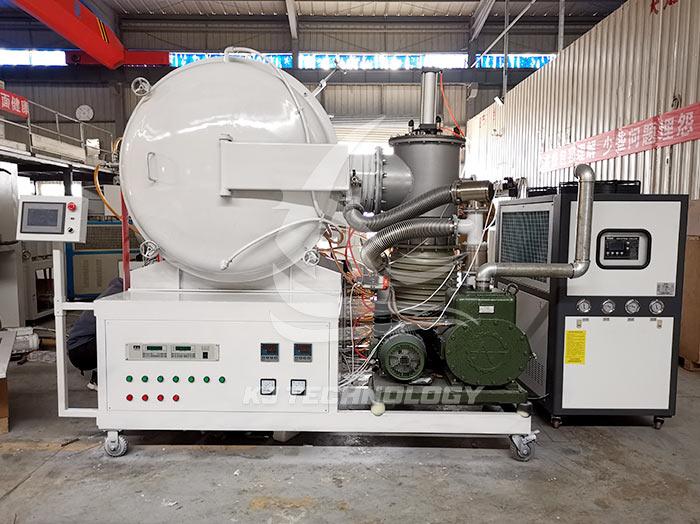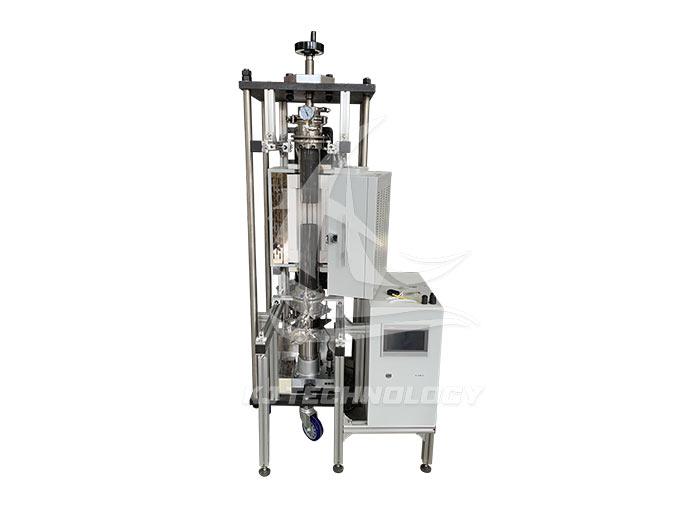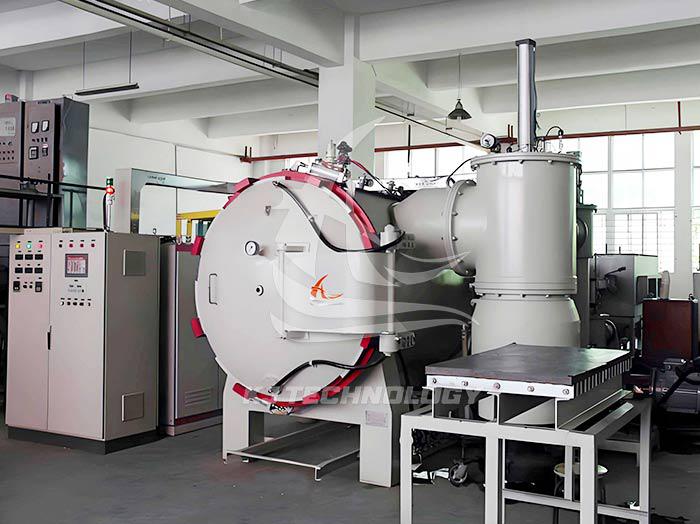Application of vacuum annealing muffle furnace in powder metallurgy industry
 05-15-2025 Author: KJ technology
05-15-2025 Author: KJ technology
The vacuum annealing muffle furnace has a wide range of applications in the powder metallurgy industry, with its core value reflected in improving material properties, optimizing process efficiency, and meeting high-precision manufacturing needs.
1. Specific application scenarios
Densification and microstructure optimization of metal powder
In the post sintering treatment of powder metallurgy parts (such as gears and bearings), the vacuum annealing muffle furnace eliminates the internal stress generated during the sintering process through a high-temperature environment, promotes grain recrystallization, and improves the density and mechanical properties of the material. For example, vacuum annealing of iron-based powder metallurgy parts can significantly improve tensile strength and fatigue life.
Homogenization of alloy composition
For multi-component alloy powders such as high-speed steel and stainless steel, vacuum annealing can promote the diffusion of alloy elements, eliminate component segregation, and ensure the consistency of material properties. For example, in the preparation of hard alloy cutting tools, vacuum annealing can optimize the distribution of carbide particles, improve hardness and wear resistance.
Surface quality improvement
Powder metallurgy parts may have oxide layers or pores on the surface after sintering. Vacuum annealing reduces surface defects and improves the corrosion resistance and smoothness of the parts through a reducing atmosphere or high vacuum environment, especially suitable for the manufacturing of precision medical devices or electronic components.
2. Technical advantages
Avoid oxidation in high vacuum environment
The vacuum annealing muffle furnace can operate under high vacuum conditions above 10 ⁻ Pa, effectively isolating oxygen and preventing metal powder from oxidizing at high temperatures, especially suitable for annealing of active metals such as titanium and zirconium.
Accurate temperature control and atmosphere control
The equipment is equipped with a high-precision temperature control system (± 1 ℃ error) and atmosphere adjustment function, which can set the optimal annealing curve (such as heating rate and holding time) for different materials, ensuring process repeatability and product quality stability.
energy saving and environmental protection
Compared to traditional atmosphere annealing furnaces, vacuum annealing does not require continuous introduction of protective gas, reducing energy consumption by about 30% while reducing exhaust emissions, which is in line with the trend of green manufacturing.
3. Industry value
Enhance product added value
Powder metallurgy parts processed by vacuum annealing have significantly improved mechanical properties (such as hardness and toughness) and dimensional accuracy, which can replace some forged or cast parts and be applied in high-end equipment manufacturing fields (such as aerospace and new energy vehicles).
Promote process innovation
Vacuum annealing technology provides a process foundation for the development of new powder metallurgy materials, such as nanocrystalline alloys and metal matrix composites, helping enterprises seize the technological high ground.
Reduce overall costs
Although the initial investment in equipment is relatively high, in the long run, vacuum annealing can reduce scrap rates, extend mold life, and shorten subsequent processing steps (such as grinding and polishing), reducing overall costs by about 15% to 20%.








